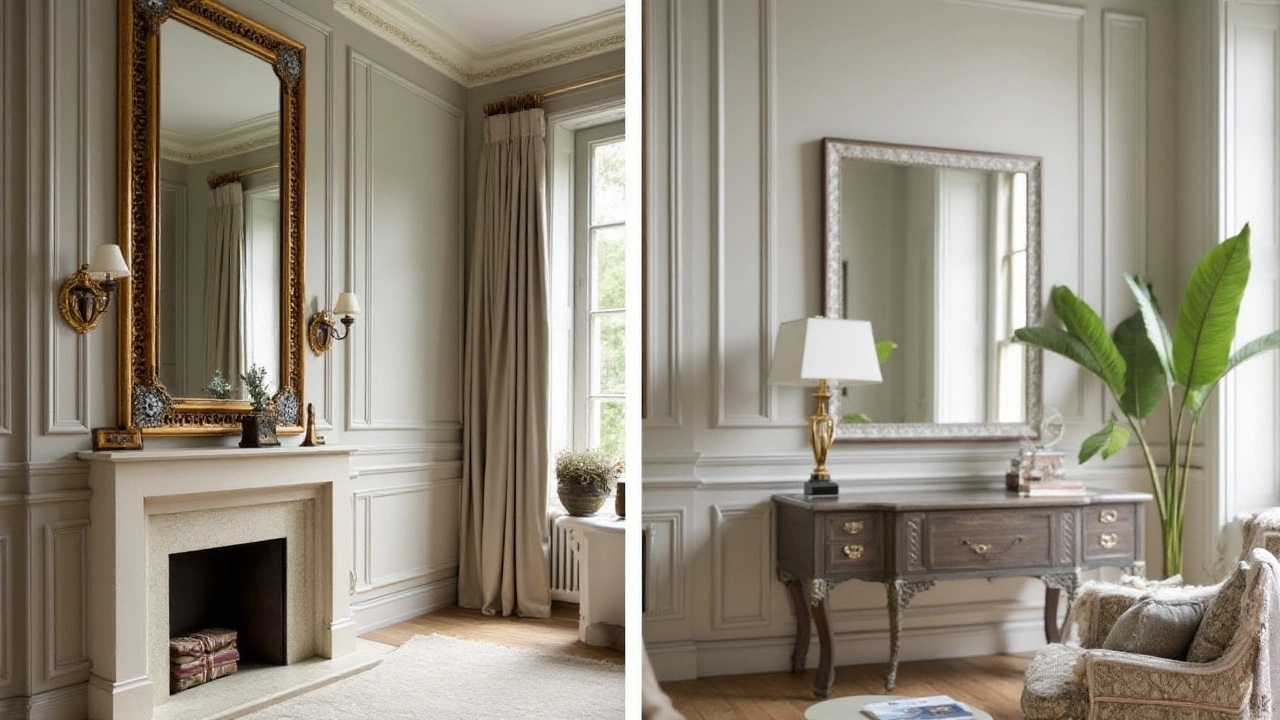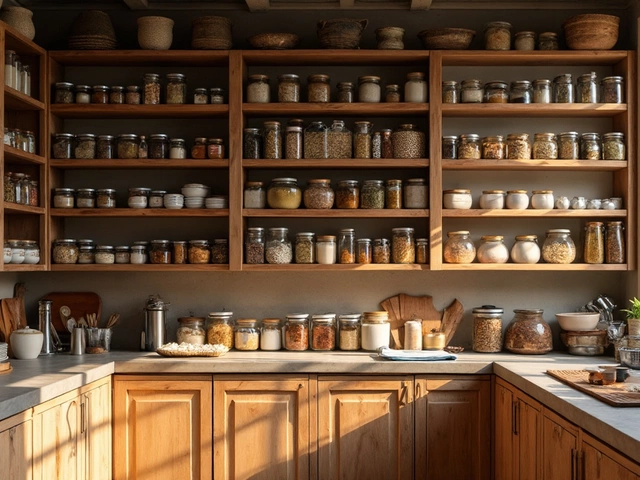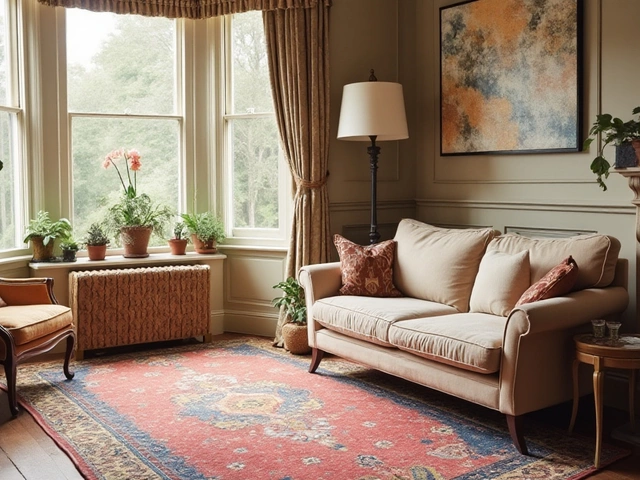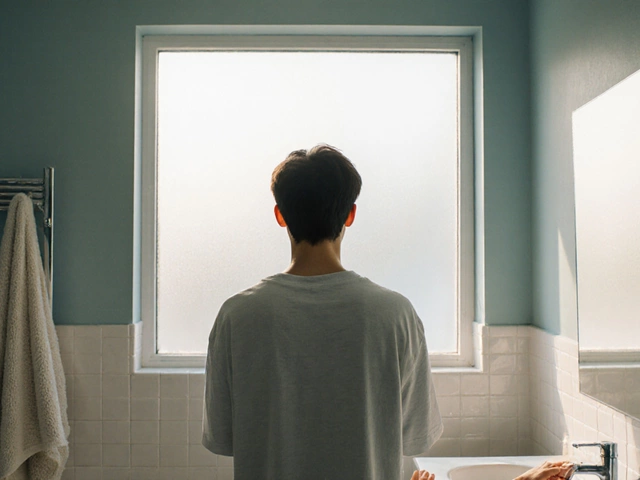Luxury Mirrors: How to Choose, Place, and Care for High‑End Reflective Pieces
If you want a room to feel bigger, brighter, and more polished, a luxury mirror is a quick win. It’s not just a functional item – a well‑chosen mirror adds drama, balances colors, and can become the focal point of a space. Below you’ll get straight‑forward advice on picking the right style, hanging it like a pro, and keeping it looking flawless.
Pick the Right Style for Your Space
Start by asking yourself what vibe you’re after. A sleek, frameless glass panel works great in modern apartments, while a gold‑leaf baroque frame adds a touch of glamour to a traditional lounge. If you’re not sure, look at our Ultimate Guide: Choosing the Perfect Mirror Shape for Your Space – it breaks down the most popular shapes and why they work in different rooms. Oval mirrors soften sharp angles, rectangular ones reinforce linear layouts, and round mirrors create a relaxed, organic feel.
Materials matter too. High‑end mirrors often use low‑iron glass for crystal‑clear reflection, and frames can be made from solid wood, brushed metal, or hand‑carved resin. Think about durability: a metal frame resists warping in humid bathrooms, while a wooden frame adds warmth to a bedroom.
Hang It Right – Size, Height, and Lighting
Placement is where the magic happens. Measure the wall and leave at least 2–3 inches of breathing room around the frame; this prevents a cramped look. For wall‑mounted mirrors, the centre should sit at eye level, typically 57–65 inches from the floor. In a dining room, a larger mirror placed a few inches above a table can bounce light onto the food, making meals feel more inviting.
Don’t forget lighting. Pair a luxury mirror with sconces or LED strips on either side to amplify the glow. In a bathroom, a backlit mirror adds a spa‑like feel while giving you even illumination for grooming.
If you’re hanging a group of mirrors, treat them like art. Keep the spacing consistent – about 2 inches between each piece – and align the top or bottom edges for a clean line.
When you’re unsure about size, use the 70‑30 rule from interior design (see our Unlocking the 70 30 Rule in Interior Design post). Let the mirror cover roughly 30 % of the wall, and fill the rest with complementary décor.
Care and Maintenance – Keep It Luxe
Cleaning a luxury mirror is simple if you avoid harsh chemicals. A soft microfiber cloth and a mix of water and a few drops of dish soap works wonders. For stubborn streaks, spray a small amount of solution onto the cloth, not directly on the glass, to prevent liquid from seeping into the frame.
Check the mounting hardware every six months, especially for heavier pieces. Tighten any loose screws and make sure the wall anchors are still solid. If you have a framed mirror, dust the frame weekly with a dry cloth to stop build‑up.
Finally, protect the mirror from direct sunlight for long periods. UV rays can discolor certain frames and, over years, even affect the glass clarity.
With the right style, placement, and upkeep, a luxury mirror does more than reflect – it elevates. Use these tips to pick a piece that matches your taste, hang it confidently, and enjoy a polished look for years to come.

Differences Between Affordable and Luxury Mirrors: An In-Depth Guide
Mirrors serve a vital purpose in both practical and decorative ways in any space. Whether you're looking to save money with a budget-friendly option or invest in a high-end piece, understanding the differences is crucial. This article explores how reflections can vary depending on price points, delving into quality materials, craftsmanship, and style aesthetics. With insights and tips, readers will learn to make informed decisions when choosing between cheap and expensive mirrors.
Categories
- Storage (27)
- Bathroom (18)
- Sofas (15)
- Curtains (15)
- Home Decor (12)
- Bedding (11)
- Kitchenware (11)
- Cushions (11)
- Mirrors (10)
- Rugs (9)



